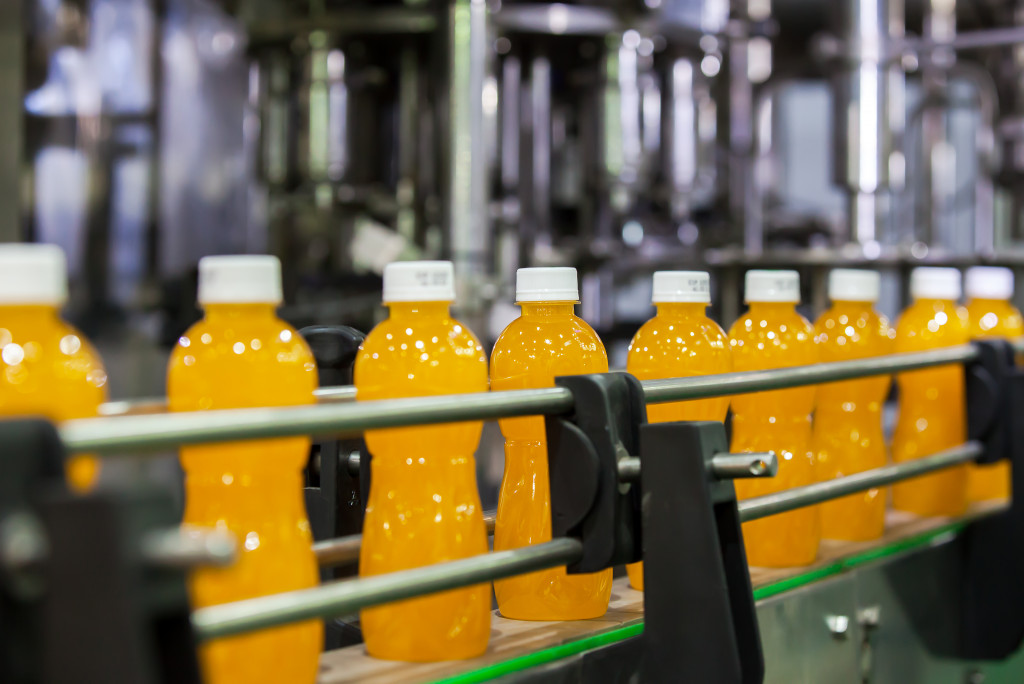Food packaging has come a long way over the years. From the traditional brown paper bags to the more sophisticated plastic wraps, food manufacturers have relied on various packaging technologies to protect and preserve their products.
Today, there is an even greater focus on food safety, so packaging has become even more important. The right packaging can help extend food’s shelf life, protect it from contamination, and prevent damage during transit. Food will likely be better protected than ever with the continued advances in packaging technology.
A packaging supplier plays a critical role in the food packaging process. They design and manufacture packaging products that protect and preserve food. To meet the food industry’s demands, they must continually develop new and innovative packaging technologies. This involves working closely with food manufacturers to understand their needs and requirements and designing and manufacturing packaging that meets those needs.
Here are 6 of the most common food packaging technologies that the packaging industry is in use today:
Modified Atmosphere Packaging (MAP)
A modified atmosphere is one in which the natural distribution and composition of atmospheric gases have been altered. It involves changing or controlling the gases within each package to produce suitable conditions for extending shelf life and minimizing oxidation and deterioration of perishable food and drink goods.
MAP works by removing the oxygen from the packaging, which creates an environment that is inhospitable to microorganisms. This helps to extend the shelf life of your food and keep it fresh for longer. Modified atmosphere packaging is divided into two categories: passive and active.
Passive MAP uses a one-way valve to allow oxygen to escape from the packaging, while active MAP uses an oxygen scavenger to remove oxygen from the packaging.
Aseptic Packaging
This is a technique for keeping microorganisms out of a package before and after it has been packed. A sterile container is filled with a commercially sterile food item and sealed in a sanitary environment during aseptic processing.
Aseptic packaging is a type of food packaging that uses sterile conditions to preserve food. During aseptic processing, a sterilized package is filled with a commercially clean food product and sealed within the confines of a hygienic environment. This packaging helps extend your food’s shelf life and keeps it fresh for longer. Aseptic processing is used for products without refrigeration and with a long shelf life, such as milk, soup, and juices.
Vacuum Packaging
This technology evacuates the air from the package, which helps preserve the food by slowing the oxidation process. It is often used for foods high in fat or oil, which are more prone to oxidation and rancidity.
Vacuum packaging is a type of food packaging that removes air from the package to prolong the food’s shelf life. This process works by slowing the oxidation process, which helps preserve the food. Vacuum packaging is often used for foods high in fat or oil, as these are more prone to oxidation and rancidity.

Thermoforming
Heat and pressure are used to form a sheet of plastic into the desired shape during a thermoforming manufacturing process. It is a versatile process that can create a wide variety of packaging, from simple lids and trays to more complex three-dimensional packages.
This type of packaging is a popular choice for food packaging because it is efficient and cost-effective. It also can create complex shapes that can better protect your food. Thermoforming is used in various sectors, including food, pharmaceutical, and electronics.
Injection Molding
This is a manufacturing process where molten plastic is injected into a mold to create the desired shape. This method requires the use of granules made of polymers. However, alternative methods for this material use prepolymers and enzymes that polymerize as it is molded. Injection molding utilizing this technique is known as reaction injection molding (RIM).
Injection moulding is an adaptable method that may be used to make a wide range of packaging, from basic lids and trays to more complicated three-dimensional structures. Injection moulder are required in the manufacture of plastic packaging. They can create thermoplastics and thermosets using molding equipment.
Foil Packaging
Foil packaging is a barrier that helps keep oxygen and moisture out and flavors and aromas. It is often used for products that require high protection, such as coffee, tea, and nuts.
Foil packaging is a type of food packaging that uses foil to create a barrier against oxygen and moisture. This helps to keep the food fresh for longer and prevent it from spoiling. Foil packaging is often used for products that require high protection, such as coffee, tea, and nuts.
Technological Advancement
These are 5 of the most common food packaging technologies in use today. And technology will continue to advance, making these methods more efficient and effective. Each type of packaging has its own advantages and disadvantages, so it is essential to choose the right one for your product. Contact your supplier to discuss your options and find the best solution for your needs.

